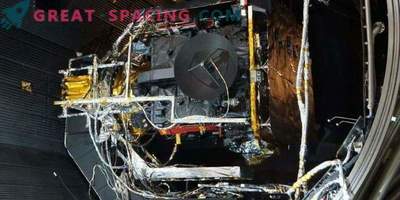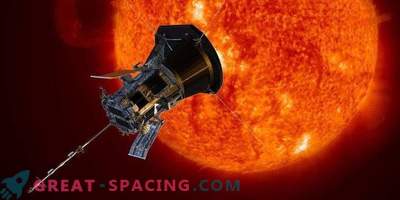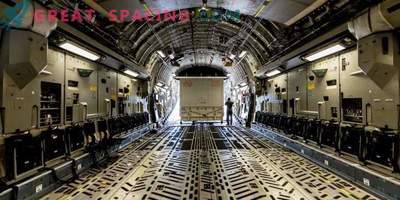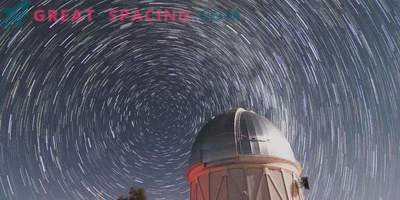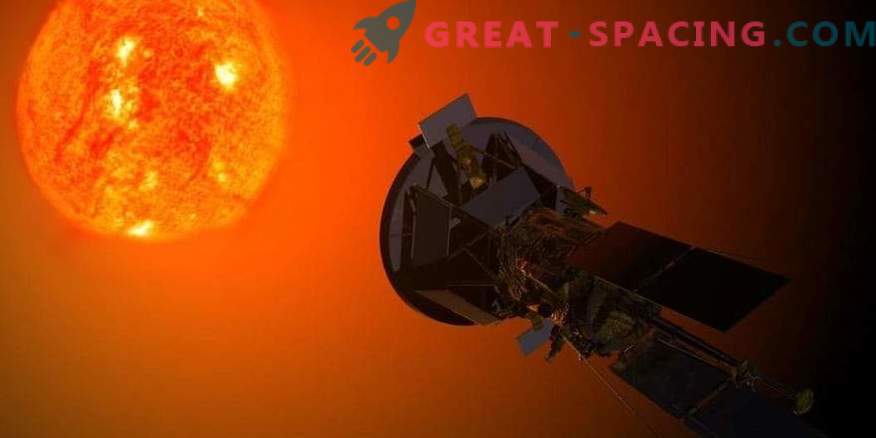
If you are looking for hell, then be sure to take a look at the nuclear center of the Sun, where the temperature rises to millions of degrees. The surface is cooled to 10,000 degrees Fahrenheit. However, step further to the corona (the golden haze observed around the star during the total eclipse) and the figure is again calculated in millions. And no one understands how it happens. Soon the situation will clear up.
In a month, NASA’s spacecraft will come closer to the Sun than they did before. But this is only the beginning. The Parker apparatus with a set of scientific instruments will continue to rotate ever closer to the star, until it approaches the Sun in several years by a few million miles. And he will remain unharmed!
The goal of the mission is not just to prove how cool modern technologies can be. It is expected that the project will provide a lot of valuable information about the mysterious high-energy particles that are periodically ejected by the Sun at speeds of a thousand miles per second, posing a threat to satellites, the power system and the health of astronauts.
The main puzzle is represented by a crown - an atmospheric layer, starting at an altitude of 1300 miles above the solar surface. How is it that the temperature of this layer amounts to millions of degrees, recorded by a spectrometer, and below - in thousands? Just imagine that you are blown away by the heat of the fireplace, but you touch the cool burning logs.
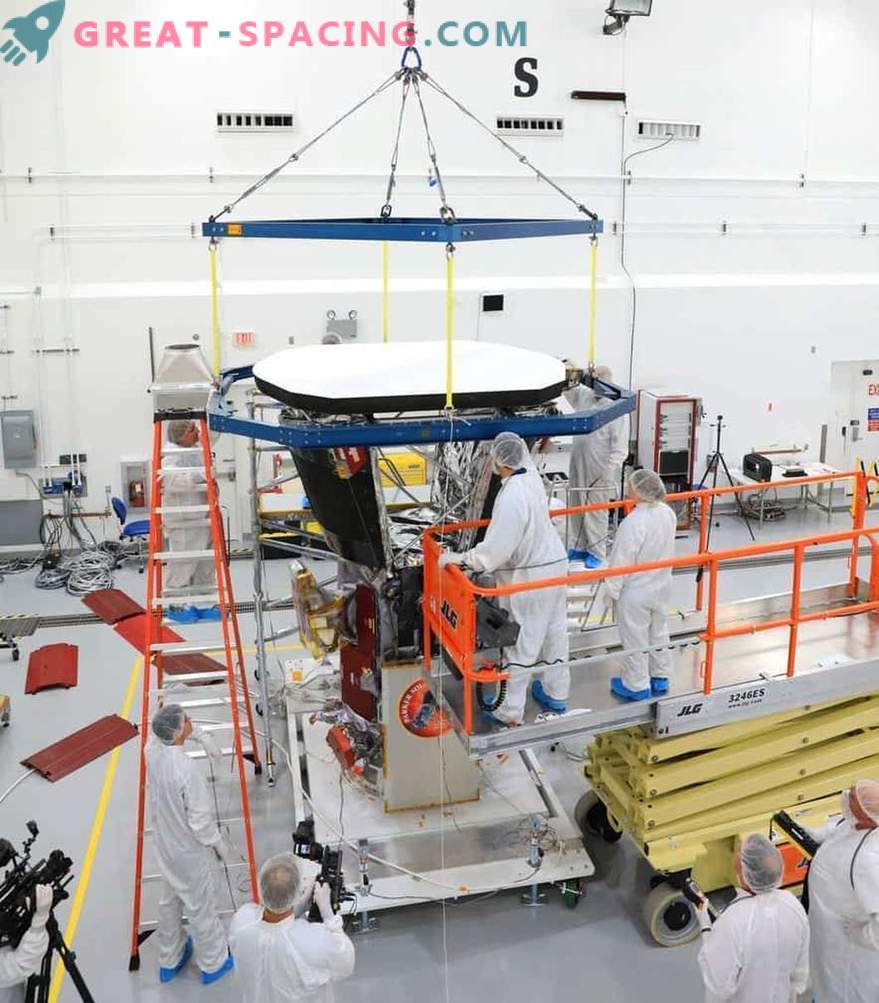
On June 27, 2018, in the Astrotech processing department (Titusville, Florida), technicians and engineers use a crane to install a heat shield on a NASA Parker solar probe.
Of course, scientists have several theories. One of them consists in rotating turbulent motion in the photosphere - a gaseous layer, perceived by us as the yellow “surface” of the Sun. This turbulence interacts with the magnetic lines of force emitted by the star, pulling them out as if it were guitar strings. The resulting waves move outward, then are reflected back, which leads to a cascade that heats the crown to fantastic temperatures, fueling the solar wind.
There are a few more theories, and four sets of instruments from the Parker probe must verify these assumptions. One group of tools will be engaged in fixing electrons, protons and other energy particles emitted by a star during a period of chaotic events, like solar flares. Data is stored on solid-state recorders (strange versions of flash drives), and then transmitted via the antenna to the Earth when the path of the loop of the probe removes it from the intense solar heat.
These high-energy particles are a key element of space weather, which can disrupt satellite communications, the power grid, and even the GPS functions in a smartphone. The ability to warn in time of danger will allow you to protect equipment and human life. How can Parker be able to stand against solar heating? The answer lies in the difference between temperature and heat, as well as the fact that the solar corona, despite the red-hotness, is endowed with low density. Temperature is a measure of how fast particles move, and heat is the amount of energy transferred by particles. In the corona, particles move at high speeds, but they are few, so only a relatively small amount of heat is transferred. Projections show that the outer parts of Parker will heat up to 2500 degrees.
Of course, this is enough to melt the metal, so the unit was wrapped in a heat shield - carbon composite foam sandwiched between two carbon plates. The technology was tested many times and when one side was heated with a blowtorch, it was easy to touch the other with a palm.
On August 12, Parker launched on a Delta-5 rocket from Cape Canaveral (Florida). Soon he will get to the Sun and allow us to finally reveal the secrets of the native star.



